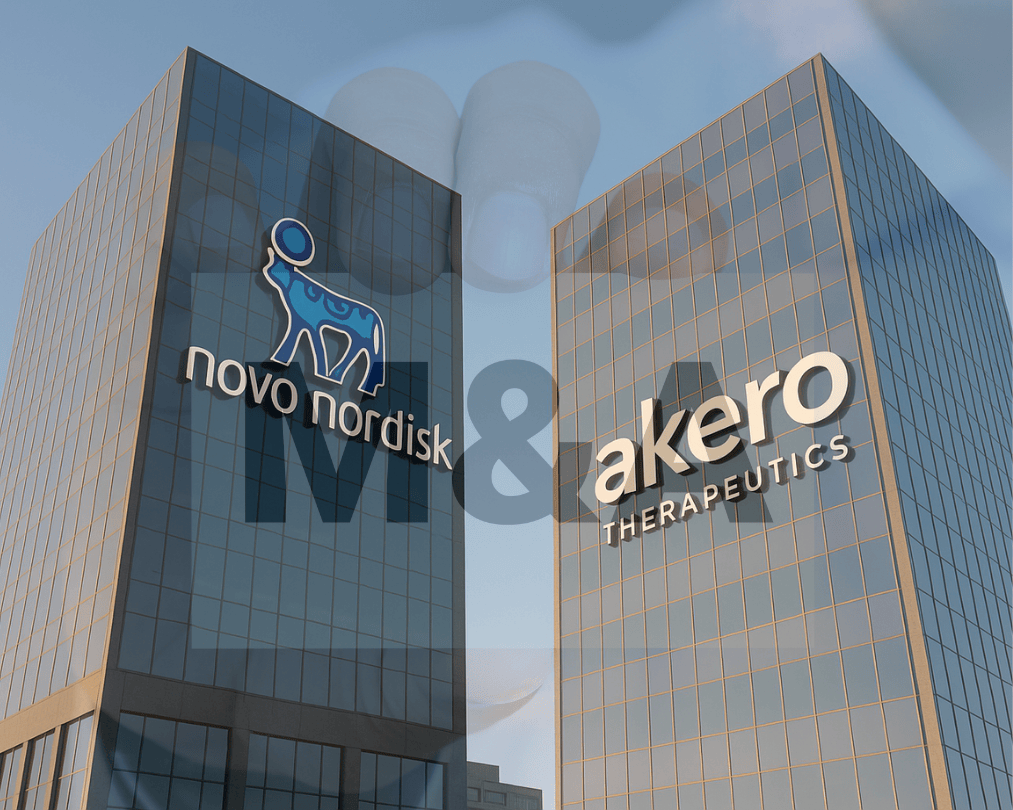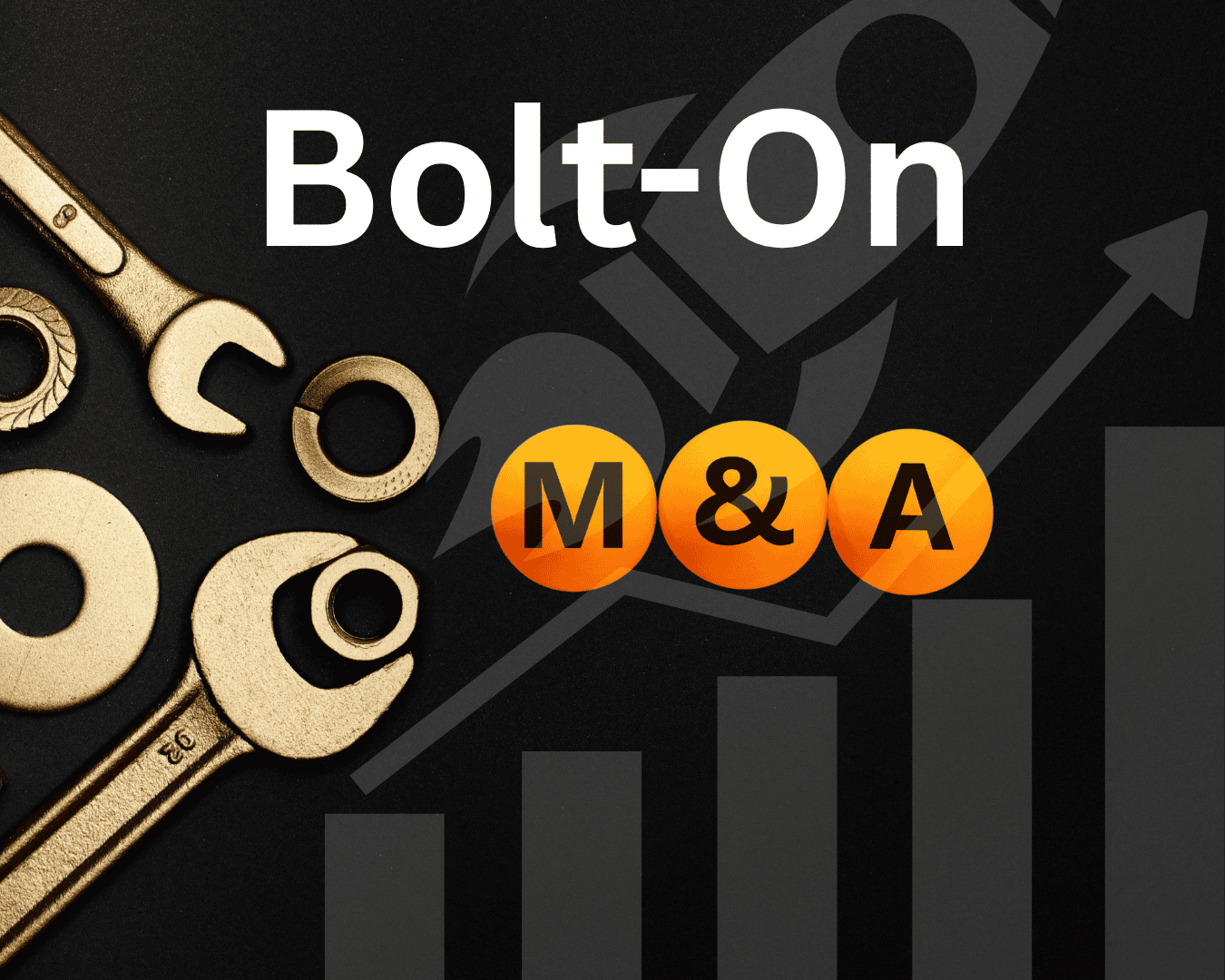When financing a business acquisition, cash flow lending and asset-based lending are two primary options. Here’s the key difference: cash flow lending focuses on a company’s future income and profit potential, while asset-based lending relies on the value of tangible assets like inventory or equipment.
- Cash Flow Lending: Best for service-based businesses with strong revenue but few physical assets (e.g., software companies, consulting firms). Loans are based on financial performance metrics like EBITDA and typically carry higher interest rates.
- Asset-Based Lending: Ideal for businesses with significant physical assets (e.g., manufacturers, distributors). Loans are secured by assets and often offer larger amounts with lower interest rates.
Quick Comparison
| Feature | Cash Flow Lending | Asset-Based Lending |
|---|---|---|
| Collateral | Not required | Tangible assets (e.g., inventory, equipment) |
| Focus | Future income and EBITDA | Asset value and liquidity |
| Best For | Service-oriented businesses | Asset-heavy businesses |
| Interest Rates | Higher | Lower |
| Loan Amount | Based on revenue | Based on asset value |
| Approval Speed | Faster | Slower (due to asset appraisals) |
Choosing the right option depends on the financial profile of the business being acquired. Cash flow lending suits companies with strong earnings but minimal assets, while asset-based lending works well for businesses with substantial physical assets. Using both methods together can optimize financing for complex acquisitions.
How Does Cash Flow Based Lending Differ From Asset-based Lending? - CreditGuide360.com
What is Cash Flow Lending?
Cash flow lending is a type of financing where lenders focus on your business’s ability to consistently generate revenue and profits, rather than relying on physical assets as collateral. In this approach, lenders examine financial documents like income statements, balance sheets, and cash flow statements to evaluate your business’s performance and predict whether future cash flows will be sufficient to cover loan payments.
Key factors like revenue growth, profit margins, and metrics such as the debt service coverage ratio are used to assess your financial health and repayment capacity. A common method involves calculating your EBITDA (earnings before interest, taxes, depreciation, and amortization) and applying a credit multiplier to determine loan eligibility and terms.
This emphasis on earning potential influences both the structure of the loan and how it’s approved, as outlined below.
Cash Flow Lending Features
Cash flow loans come with several defining characteristics that distinguish them from asset-based financing. Since these loans don’t require physical collateral, they often carry higher interest rates. This reflects the increased risk for lenders, as they have fewer recovery options if repayment issues arise.
Loan amounts are directly tied to your business’s earning power. Lenders use EBITDA multiples to determine how much you can borrow, with the specific multiple influenced by factors like your industry, business stability, and growth potential. Businesses with strong cash flows can often secure larger loans, even if they lack significant physical assets.
Another advantage is the faster approval process compared to asset-based loans. Because lenders focus on analyzing financial statements and cash flow projections, they can skip time-consuming tasks like appraising assets or inventory counts, making the underwriting process more efficient.
Lenders also take your personal financial situation into account. They’ll review your personal tax returns, including income from Schedule C and Schedule E entities, and consider existing debt obligations. Personal expenses like mortgages, car loans, and credit card payments are factored into a comprehensive debt-to-income analysis.
A critical part of cash flow lending is the use of add-backs. Lenders adjust for non-cash expenses such as interest, depreciation, and amortization to provide a clearer picture of your business’s true cash-generating ability. These adjustments can increase your borrowing capacity by presenting a more accurate view of your available cash flow.
Best Candidates for Cash Flow Lending
Certain types of businesses are particularly well-suited for cash flow lending. This financing option is ideal for companies that generate strong profits but lack significant physical assets to use as collateral. Examples include technology businesses (like software companies, consulting firms, and digital marketing agencies) and professional service providers (such as law firms, accounting practices, and healthcare providers). These businesses often have high profit margins and low overhead costs.
Cash flow lending is also a great fit for growing businesses with limited tangible assets but strong earning potential. Companies in the midst of rapid scaling often need capital for expansion, and cash flow lending enables them to secure funding based on their projected growth rather than their current asset base.
Research from FinRegLab highlights the broader impact of cash flow-based underwriting, showing it could influence lending decisions for over 45 million U.S. consumers and 30 million small businesses. This demonstrates how cash flow lending can open doors for many businesses that might not qualify for traditional asset-backed loans.
Businesses with steady, recurring revenue streams - such as subscription-based companies or those with long-term contracts - are especially good candidates. Their predictable income makes it easier for lenders to assess repayment ability and manage risk effectively.
What is Asset-Based Lending?
Asset-based lending (ABL) is a type of financing where physical assets are used as collateral for loans. Unlike cash flow lending, which depends on a business's earning potential, ABL focuses on the value of tangible assets you own. These assets can include accounts receivable, inventory, equipment, real estate, and even intellectual property in some cases. Lenders assess these assets to determine the loan amount they’re willing to offer.
ABL works by calculating a "borrowing base", which is essentially the cash value of the assets if they were liquidated. These loans are often structured as revolving lines of credit, giving businesses the flexibility to draw funds as needed and repay them over time. This setup is particularly appealing for businesses that experience fluctuating capital requirements.
"Asset-based lending allows a borrower to access the value of its working capital assets, usually at a lower cost, providing flexibility and quick access for their funding needs. Asset-based loans are often easier to obtain than traditional loans and lines of credit." - First Citizens Bank
One of the main differences between ABL and traditional loans lies in the collateral. Traditional loans often rely heavily on credit scores and financial history, while asset-based loans prioritize the liquidation value of the borrower's assets. This means businesses with strong physical assets but inconsistent cash flow can still secure significant funding. This collateral-centric approach is what defines ABL and shapes its unique features.
Asset-Based Lending Features
Asset-based loans come with several characteristics that make them stand out from other financing options. One major advantage is the potential for larger loan amounts compared to unsecured loans. Facility sizes can range from $15 million to over $200 million, making ABL a viable option for large business expansions or acquisitions.
Interest rates for these loans are typically lower than unsecured loans because the collateral reduces the lender's risk. However, the rate you receive depends on the type and liquidity of the assets you pledge. Assets that can be quickly converted into cash generally lead to better loan terms.
Here’s a breakdown of typical advance rates for different asset types:
| Asset Type | Advance Rate |
|---|---|
| Accounts Receivable | 85% to 90% of eligible amounts |
| Inventory | 85% to 90% of net orderly liquidation value (NOLV) |
| Machinery & Equipment | 80% of NOLV |
| Intangibles | 50% of NOLV |
| Real Estate | 70% of appraised fair market value |
"More liquid assets secure higher ABL advance rates." - John Freeman, Head of Sales and Originations for U.S. Bank Asset Based Finance
Asset valuation plays a critical role in the process. Lenders rely on appraisers to determine the market value of assets and require ongoing borrowing base reports. These reports detail changes in inventory, accounts receivable, and equipment conditions.
ABL also comes with fewer financial covenants compared to traditional loans. Since the loan is secured by tangible assets, lenders focus more on asset management rather than enforcing strict financial ratios. This provides businesses with greater operational flexibility while managing their loans. These features make ABL an attractive option for companies with significant physical assets.
Best Candidates for Asset-Based Lending
Asset-based lending is ideal for businesses with substantial physical assets but variable cash flows. Industries like manufacturing, wholesale, and retail are particularly suited for ABL because they often have large inventories, significant equipment, and considerable accounts receivable.
This type of financing is especially useful for companies experiencing rapid growth or seasonal fluctuations. The revolving credit structure allows businesses to borrow more during peak seasons when inventory needs are higher and repay during slower periods.
Industries that rely heavily on physical assets find ABL especially practical. For example:
- Construction companies with expensive equipment
- Distributors with large inventory holdings
- Manufacturers with significant investments in machinery
"At the end of the day, ABL Lenders are looking to provide Borrowers with incremental liquidity that can be used for numerous purposes, including organic growth opportunities, acquisitions, dividend recaps, and turnaround strategies, etc. The product provides the ultimate flexibility to Borrowers." - John Freeman, Head of ABF Sales and Originators, U.S. Bank
ABL is also a good fit for businesses with less-than-perfect credit histories but valuable collateral. Since the loan approval process focuses on asset values rather than credit scores, companies that might struggle to qualify for traditional loans can still secure funding. This makes ABL a practical solution for business acquisitions where the target company has strong assets but uneven financial performance.
For companies planning multiple acquisitions or expansion phases, ABL offers scalability. As your asset base grows through acquisitions, your borrowing capacity increases as well, creating a cycle of growth that supports ongoing business development.
Cash Flow Lending vs Asset-Based Lending
Grasping the difference between cash flow and asset-based lending is crucial when exploring financing options. While both provide funding for business operations or acquisitions, they operate on different principles and suit varying business needs.
The main difference lies in how lenders assess and secure these loans. Cash flow loans depend on projected future income, whereas asset-based loans are backed by tangible assets like inventory, equipment, or real estate as collateral.
"Essentially, a traditional cash flow facility and an asset-based facility are underwritten based on the same criteria, but in a different order." - John Freeman, Managing Director, Working Capital Finance at U.S. Bank
Cash flow lending carries the risk of default if income projections fall short. On the other hand, asset-based lending risks the forfeiture of secured assets if the loan isn’t repaid. Additionally, cash flow loans often come with higher interest rates due to the lack of physical collateral.
Comparing Cash Flow and Asset-Based Lending
A side-by-side look at these two lending types highlights their unique strengths and trade-offs. Each suits different business models and financial circumstances.
| Feature | Cash Flow Lending | Asset-Based Lending |
|---|---|---|
| Collateral Requirements | Not necessarily required | Tangible assets are mandatory (e.g., inventory, receivables, equipment, real estate) |
| Approval Based On | Future income, EBITDA, credit rating | Asset value and liquidity |
| Ideal Business Profile | Strong, predictable revenue but few physical assets | Asset-heavy businesses with limited cash flow |
| Primary Risk | High interest rates; default risk if cash flow falters | Losing secured assets for non-repayment |
| Financial Focus | Emphasis on future revenue and projections | Focus on historical financial performance and assets |
| Covenant Structure | More financial covenants | Fewer covenants, often just a fixed-charge coverage covenant |
| Loan-to-Value Ratios | Revenue multiples | Typically 60%–90% of asset value |
| Credit Quality Impact | Strong credit: better terms; weaker credit: higher rates | High credit: 75%–90% of collateral value; weaker credit: 50%–75% |
Asset-based lending grows with a company’s assets, while cash flow lending adjusts to rising revenues.
Another key difference lies in covenants. Asset-based loans often have fewer financial covenants, providing more operational flexibility. In contrast, cash flow loans typically include more stringent financial restrictions.
The due diligence process also varies. Asset-based lending involves detailed asset appraisals, whereas cash flow lending focuses on analyzing financial projections.
When deciding between these options, the choice can significantly influence the success of a business acquisition. Companies with strong balance sheets and ample tangible assets may lean toward asset-based lending, especially during periods of growth, seasonal fluctuations, or transitions. Meanwhile, businesses with limited collateral but promising future income may find cash flow lending a better fit. These distinctions make each approach valuable in specific scenarios.
sbb-itb-a3ef7c1
Using Both Lending Types for Business Acquisitions
Building on the differences outlined earlier, combining cash flow and asset-based lending can be a smart way to approach business acquisitions. The financing method you choose can significantly impact the success of your deal. Your decision largely depends on the type of business you're targeting and your overall acquisition strategy.
When to Use Cash Flow Lending
Cash flow lending works best when you're acquiring service-oriented companies, tech firms, or businesses with steady recurring revenue but minimal physical assets. These deals hinge on the company’s ability to generate consistent income, not on the value of its tangible assets.
For example, service businesses like digital marketing agencies, consulting firms, or software companies with subscription-based models are prime candidates. A SaaS company with stable subscription revenue is a good fit because lenders focus on its income stream rather than its limited physical assets.
Professional services firms - like law offices, accounting practices, or healthcare providers - also benefit from this approach. These businesses often have strong cash flows but few tangible assets beyond basic office equipment. Lenders assess these acquisitions based on factors like client contracts, revenue history, and future earnings potential.
Similarly, tech companies with long-term contracts are ideal for cash flow lending. If you're acquiring a software development firm with multi-year agreements, lenders prioritize the predictability of those income streams over physical assets like office furniture or computers.
One major advantage of cash flow lending is speed. Approvals are usually faster, as lenders don’t need to perform detailed asset appraisals. This can be a game-changer in competitive markets, where closing quickly can set you apart from other buyers.
When to Use Asset-Based Lending
Asset-based lending, on the other hand, is more suited for acquiring manufacturers, distributors, or companies with significant inventory and equipment. These businesses typically have substantial tangible assets that can serve as collateral, often leading to larger loan amounts and lower interest rates.
Take manufacturing firms, for instance. If you're buying a regional trucking company, the fleet of vehicles and accounts receivable can secure the loan. This reduces the lender's risk and can lower your borrowing costs.
Wholesale distributors with large inventories are another great fit. For example, a food distributor with $5 million worth of inventory and warehouse equipment provides ample collateral. Lenders can offer financing based on a percentage of the inventory’s value - typically between 50% and 85%, depending on the product type and turnover rate.
Retail businesses with significant inventory, specialized equipment, or even real estate holdings also align well with asset-based lending. Acquiring a chain of auto repair shops, for instance, allows you to use the equipment, parts inventory, and possibly the real estate as collateral.
The standout benefit of asset-based lending is borrowing capacity. It often lets you secure larger loans compared to cash flow lending, which is especially helpful when acquiring businesses that rely heavily on physical assets to generate revenue.
How Financing Choice Affects Your Deal
Your choice of financing influences everything from deal structure to post-acquisition operations. Here’s how:
- Deal valuation and structure: Cash flow lending supports higher purchase prices for businesses with strong earnings, while asset-based lending typically ties the purchase price to appraised asset values. This can affect how much seller financing you’ll need or whether earnouts are part of the deal.
- Due diligence and post-acquisition operations: Cash flow loans often come with stricter financial covenants, like monitoring EBITDA, debt service coverage, and working capital ratios. Asset-based loans, while less restrictive, may require regular borrowing base reports and impose limits on how secured assets can be used.
- Growth potential: Asset-based lending can grow with your business as you acquire more inventory or equipment, giving you access to additional funds. Cash flow lending adjusts to revenue increases but might require refinancing for major expansions.
A blended approach - using both types of lending - can be particularly effective. For instance, you could use asset-based lending for inventory and equipment while relying on cash flow lending for goodwill or intangible assets. This strategy can help you optimize leverage, lower financing costs, and attract more lenders.
Your financing choice also impacts your personal risk exposure. Asset-based loans often require fewer personal guarantees since the assets themselves serve as collateral. In contrast, cash flow loans might demand stronger personal backing, which is an important consideration for first-time buyers or those with limited personal assets. Aligning your financing structure with your acquisition strategy is key to managing both risk and opportunity effectively.
How Clearly Acquired Supports SMB Financing
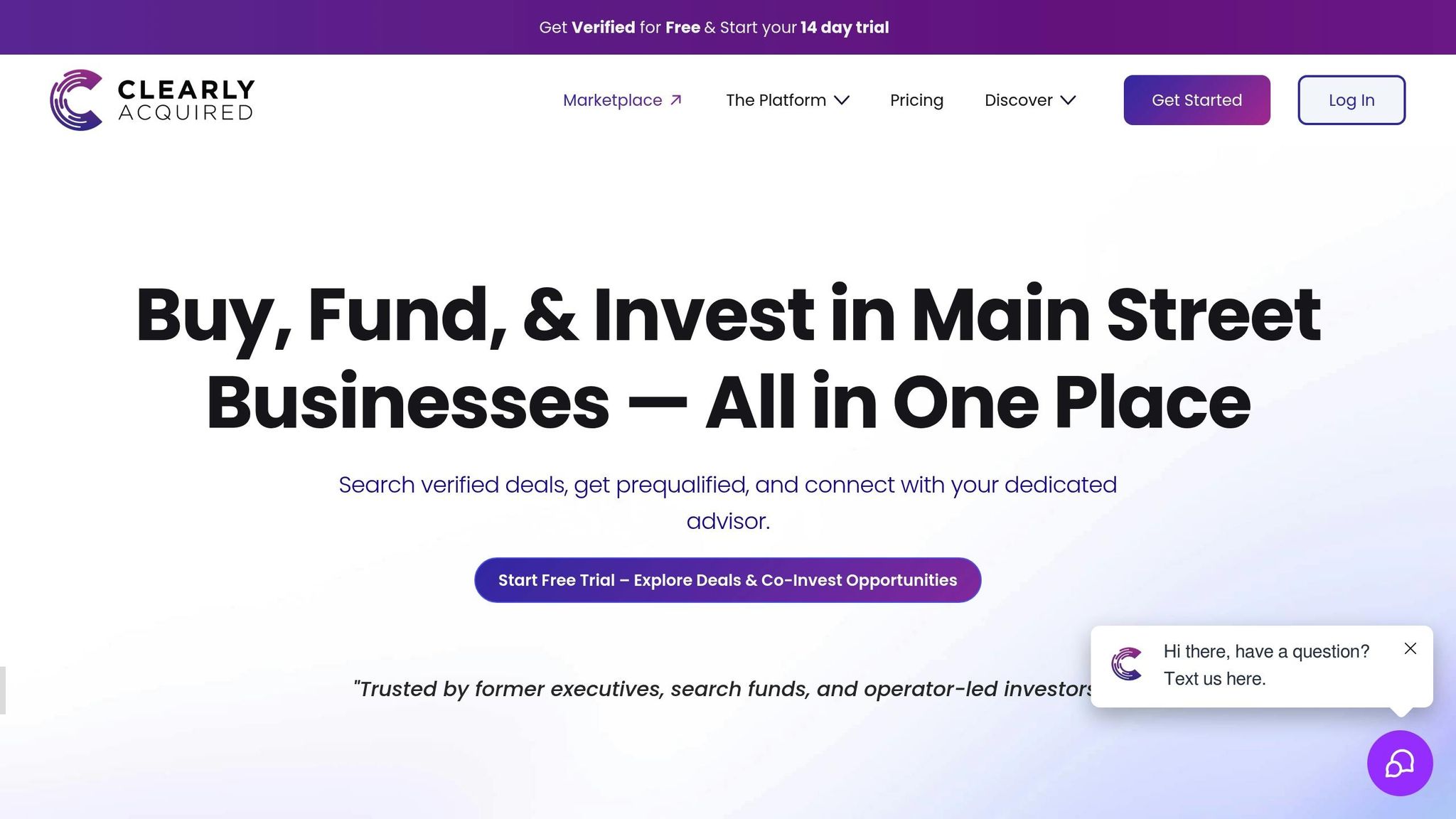
Clearly Acquired offers a streamlined solution for small and medium-sized businesses (SMBs) navigating the complexities of acquisition financing. By integrating cash flow and asset-based lending models, the platform simplifies the decision-making process through advanced technology, expert consultations, and a wide-reaching lender network.
With access to over 193 lenders, including banks, trusts, and private debt partners, Clearly Acquired provides tailored financing options. Whether you're targeting a service-based company ideal for cash flow lending or an asset-heavy business better suited for asset-based lending, the platform connects buyers with the right financial partners for their needs.
AI-Powered Tools for Smarter Financing
Clearly Acquired employs AI-driven tools to analyze business characteristics, financial performance, and asset profiles. This technology helps determine the most suitable financing approach, streamlining deal sourcing, management, and underwriting.
Expert Advisory Services
With a team of over 125 qualified advisors, Clearly Acquired offers personalized guidance throughout the financing process. These experts assist with everything from evaluating affordability and estimating costs to matching buyers with lenders. They also help structure deals to balance leverage and risk effectively. Additionally, advisors manage due diligence tasks like preparing cash flow projections or organizing asset appraisals, ensuring each deal is well-prepared for lender review.
Comprehensive Debt Options
The platform provides a variety of debt solutions, including SBA loans, commercial loans, lines of credit, equipment financing, and merchant cash advances. This range allows buyers to explore multiple financing avenues and even combine different debt types to create an ideal capital structure for their acquisition.
Streamlined Documentation and Financial Planning
Clearly Acquired’s verified user systems and AI-enhanced deal hubs organize financial documents in lender-preferred formats, simplifying the underwriting process. Integrated financial planning tools let buyers model different scenarios, helping them understand how cash flow or asset-based lending could impact deal structure, monthly payments, and post-acquisition cash flow. This preparation strengthens financing applications and gives buyers a clearer picture of their financial commitments.
Proven Results
With $6.5 million in businesses sold each month and $8 million in debt placed, Clearly Acquired has a strong track record of facilitating successful financing outcomes. The combination of its extensive lender network and expert advisory services significantly increases the chances of securing the right financing - whether you're pursuing a service-based business or an asset-rich enterprise.
For personalized assistance, schedule a consultation with Clearly Acquired’s financing experts. They’ll help evaluate acquisition targets and craft a financing strategy that aligns with your goals and the unique characteristics of the target business. These tools and resources empower buyers to make well-informed decisions at every stage of the acquisition process.
Conclusion
Understanding the differences between cash flow and asset-based lending is crucial for selecting the right financing option for your acquisition. Cash flow lending focuses on a company's ability to generate revenue and repay loans through future earnings, offering speed and flexibility with faster approvals, though it often comes with higher interest rates and stricter covenants. On the other hand, asset-based lending uses tangible assets as collateral, making it ideal for businesses with significant physical assets like manufacturers or wholesalers. This approach generally provides larger loan amounts, lower interest rates, and scalability, but it requires regular asset appraisals and carries the risk of asset loss in case of default.
Each financing method aligns with specific business needs. Service companies with steady cash flows but limited physical assets may find cash flow lending more suitable. Meanwhile, businesses with substantial inventory, equipment, or real estate often benefit from asset-based financing.
Clearly Acquired steps in to simplify this decision-making process. By integrating access to both financing types, the platform combines advanced AI-powered tools with experienced advisory services to help businesses confidently determine the best financing strategy. It leverages financial and business data to guide users through the complexities of funding decisions, ensuring their approach aligns with their acquisition goals.
Whether you're targeting a service-oriented company with strong cash flow or an asset-heavy manufacturing business, aligning your financing structure with the strengths of your acquisition is essential. By using the right combination of technology, expert guidance, and lender relationships, you can secure the capital needed to close a successful deal.
FAQs
What should a business consider when choosing between cash flow lending and asset-based lending for an acquisition?
When choosing between cash flow lending and asset-based lending for an acquisition, it’s essential to consider your company’s financial situation and objectives. Cash flow lending works best for businesses with consistent and reliable revenue streams, as it’s based on projected income rather than physical assets. On the flip side, asset-based lending is a better option for companies that have substantial tangible assets - like inventory, equipment, or accounts receivable - but may not have strong cash flow.
You’ll also need to weigh factors like risk tolerance and interest rates. Asset-based loans typically offer lower interest rates because they’re secured by collateral, but they require enough assets to qualify. Meanwhile, cash flow loans often come with higher rates and greater risk since they depend on the borrower’s future earnings. Carefully evaluate your company’s financial health, available assets, and long-term plans to decide which lending option aligns with your acquisition goals.
What are the key differences in risk between cash flow lending and asset-based lending, and how can a business determine the best option based on its risk tolerance?
When it comes to cash flow lending, the risk is generally higher because it relies on the borrower's projected future cash flows. These projections can be uncertain and are often influenced by market fluctuations, making this type of lending a gamble for both lenders and borrowers. In contrast, asset-based lending is seen as a safer alternative. It’s backed by tangible assets like inventory, equipment, or real estate, which serve as collateral and help mitigate the lender's risk.
Choosing the right option depends heavily on the financial health of your business. If your cash flow is steady and predictable, cash flow lending could be a viable route. However, if you have valuable assets that can be used as collateral, asset-based lending might be the more secure and potentially less expensive choice. Before making a decision, take a hard look at your ability to meet repayment terms and the overall stability of your financial situation.
Can a business use both cash flow lending and asset-based lending together, and what are the benefits and challenges of combining them?
Yes, businesses can use a combination of cash flow lending and asset-based lending to tap into the benefits of both approaches. Cash flow lending relies on a company’s projected earnings, offering flexibility tied to operational performance, while asset-based lending secures funding through collateral like inventory, accounts receivable, or equipment. By leveraging both, businesses can potentially access more funding, spread out financial risks, and create financing solutions tailored to their unique needs.
That said, blending these methods isn’t without its hurdles. It can mean juggling multiple loan agreements, dealing with higher borrowing costs, and adhering to stricter reporting and compliance standards. To make this strategy effective, businesses need to approach it with careful planning and strong financial oversight to avoid unnecessary complications.









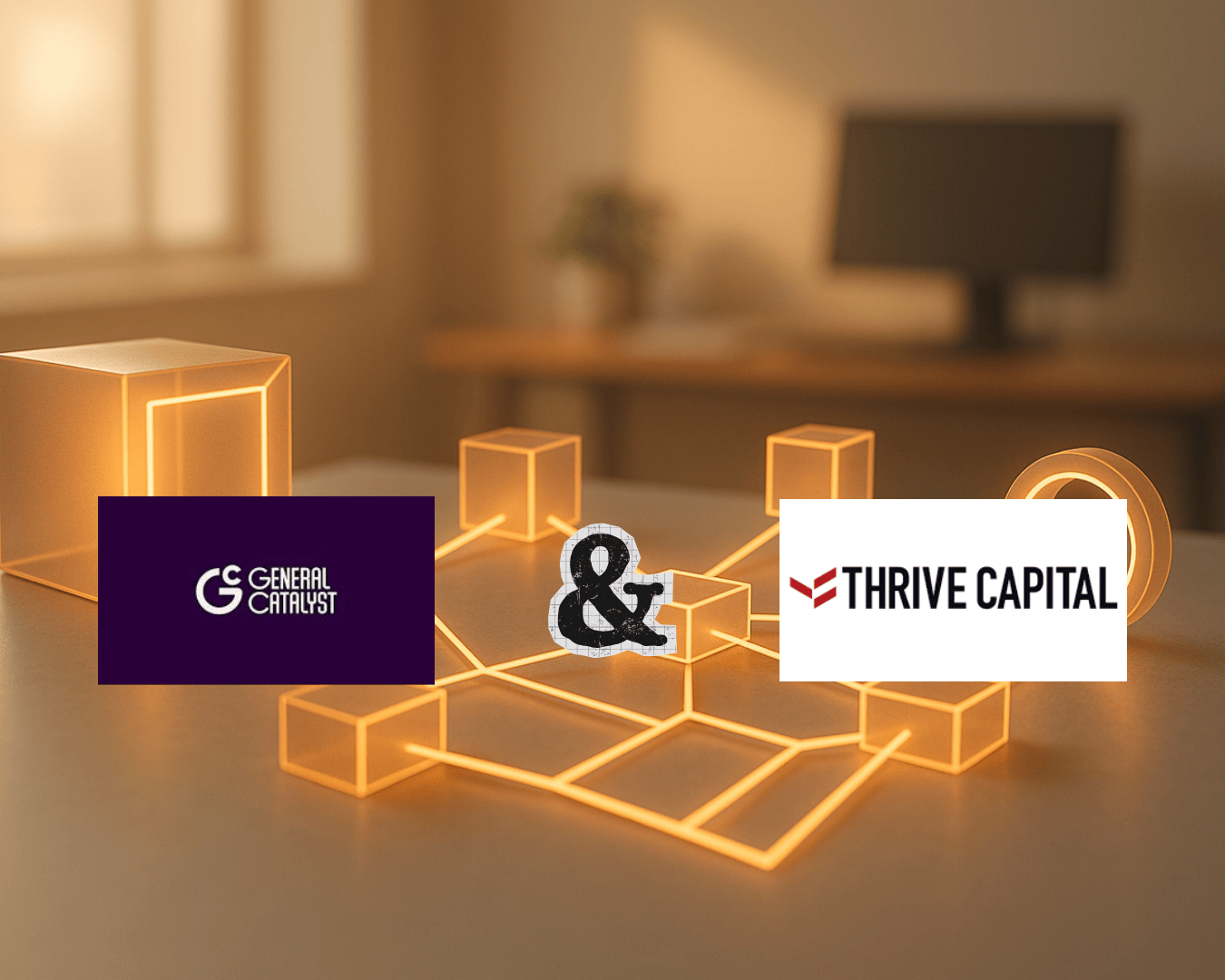





















.png)




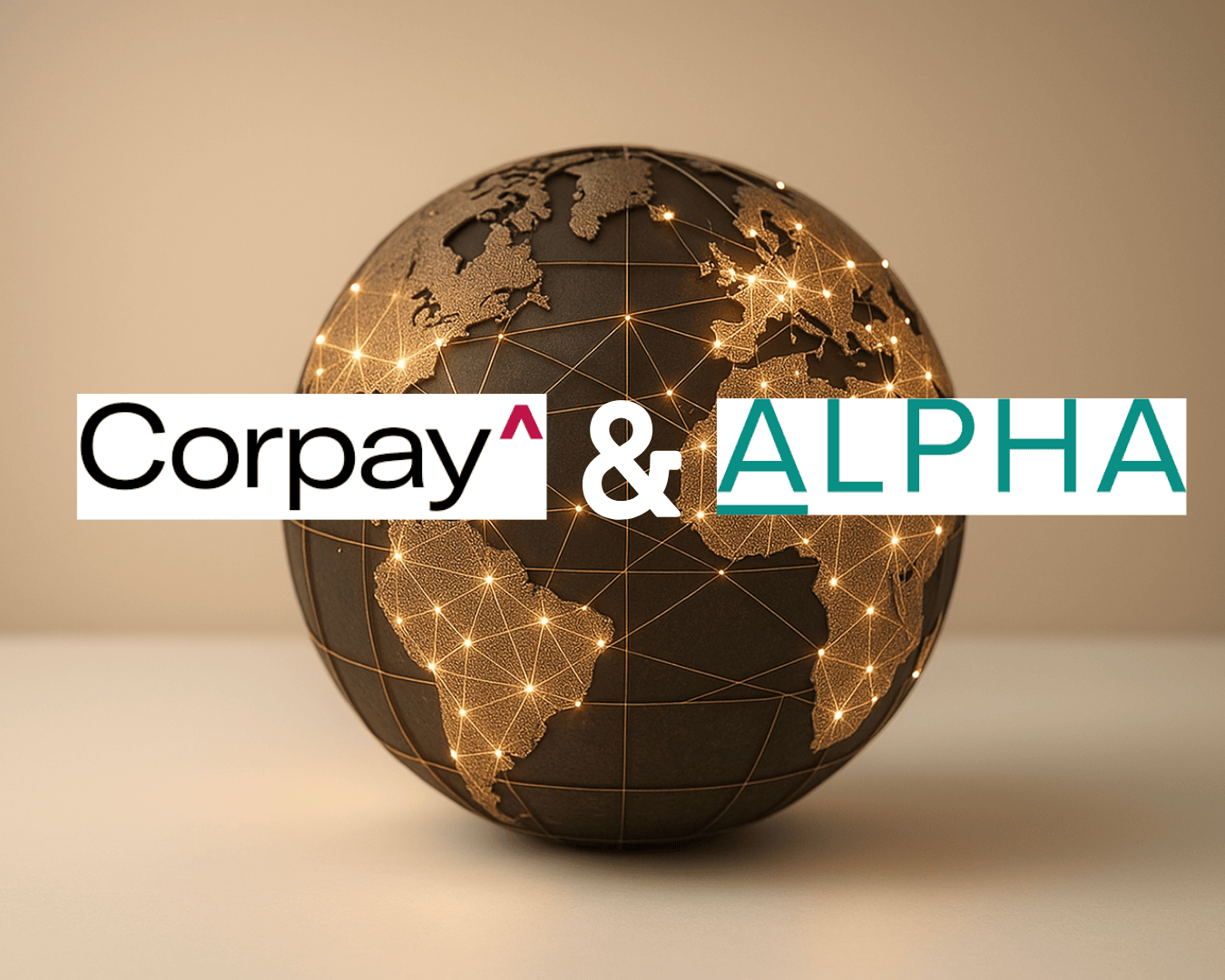

















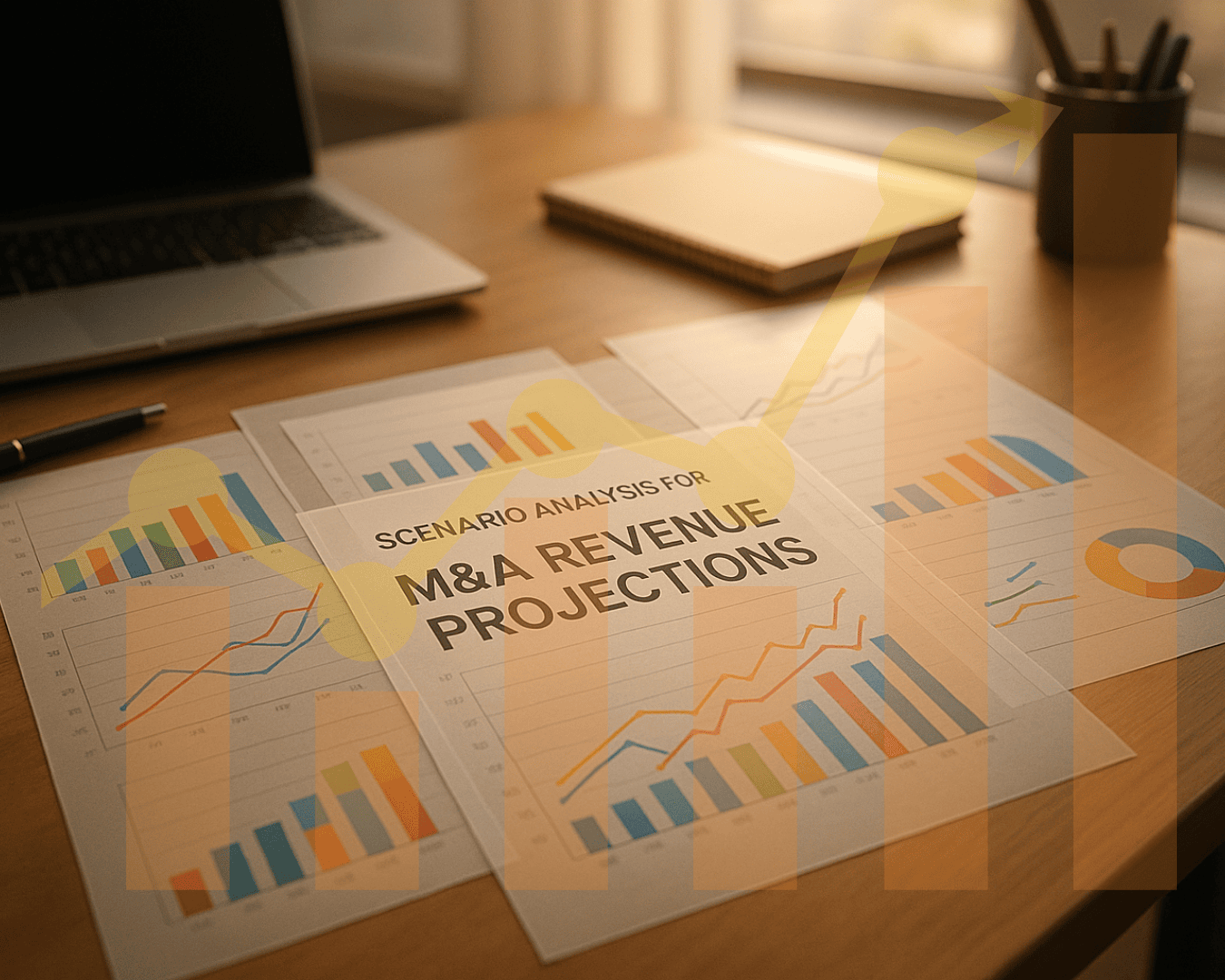





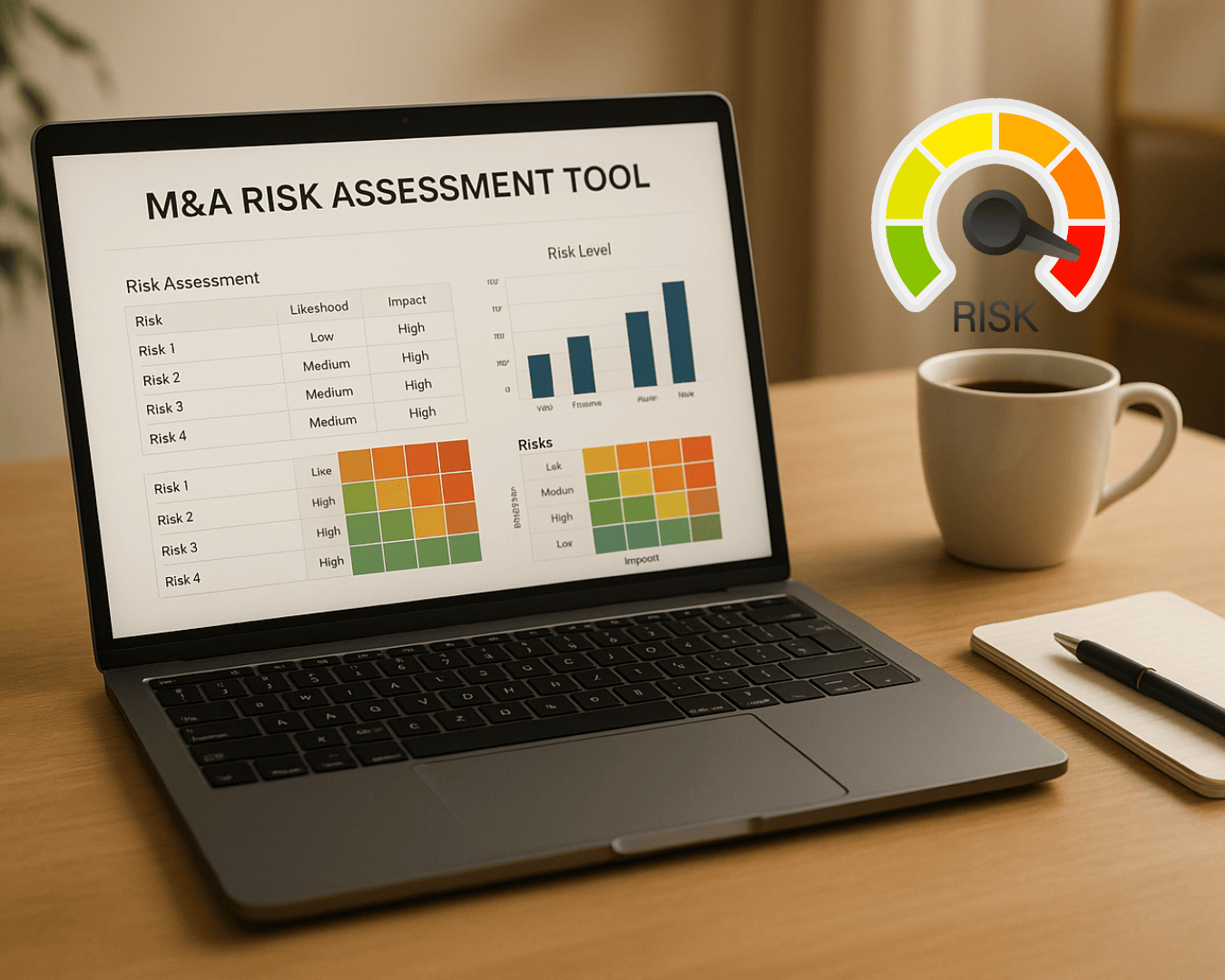


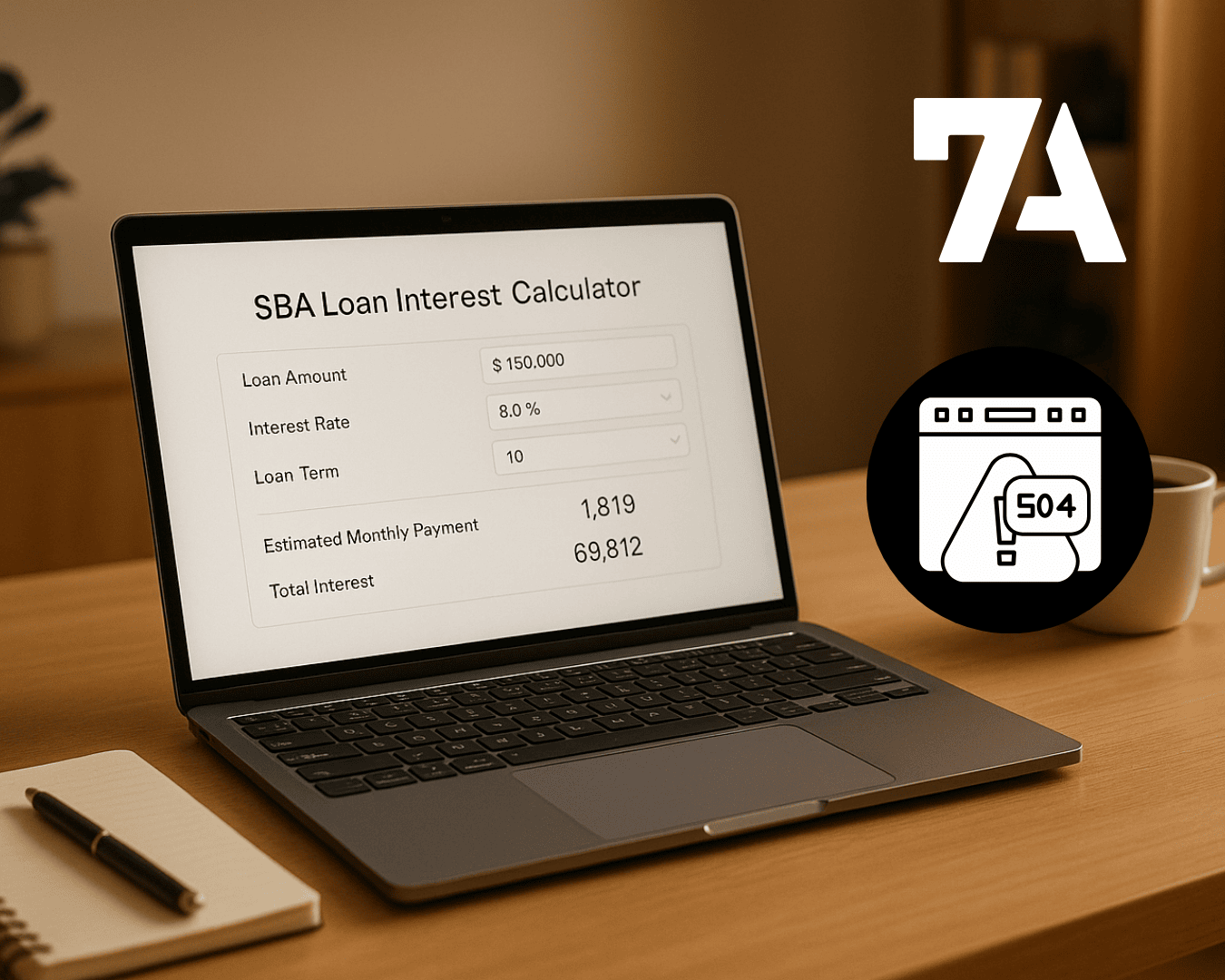








%20Loan%20Application%20Checklist.png)













